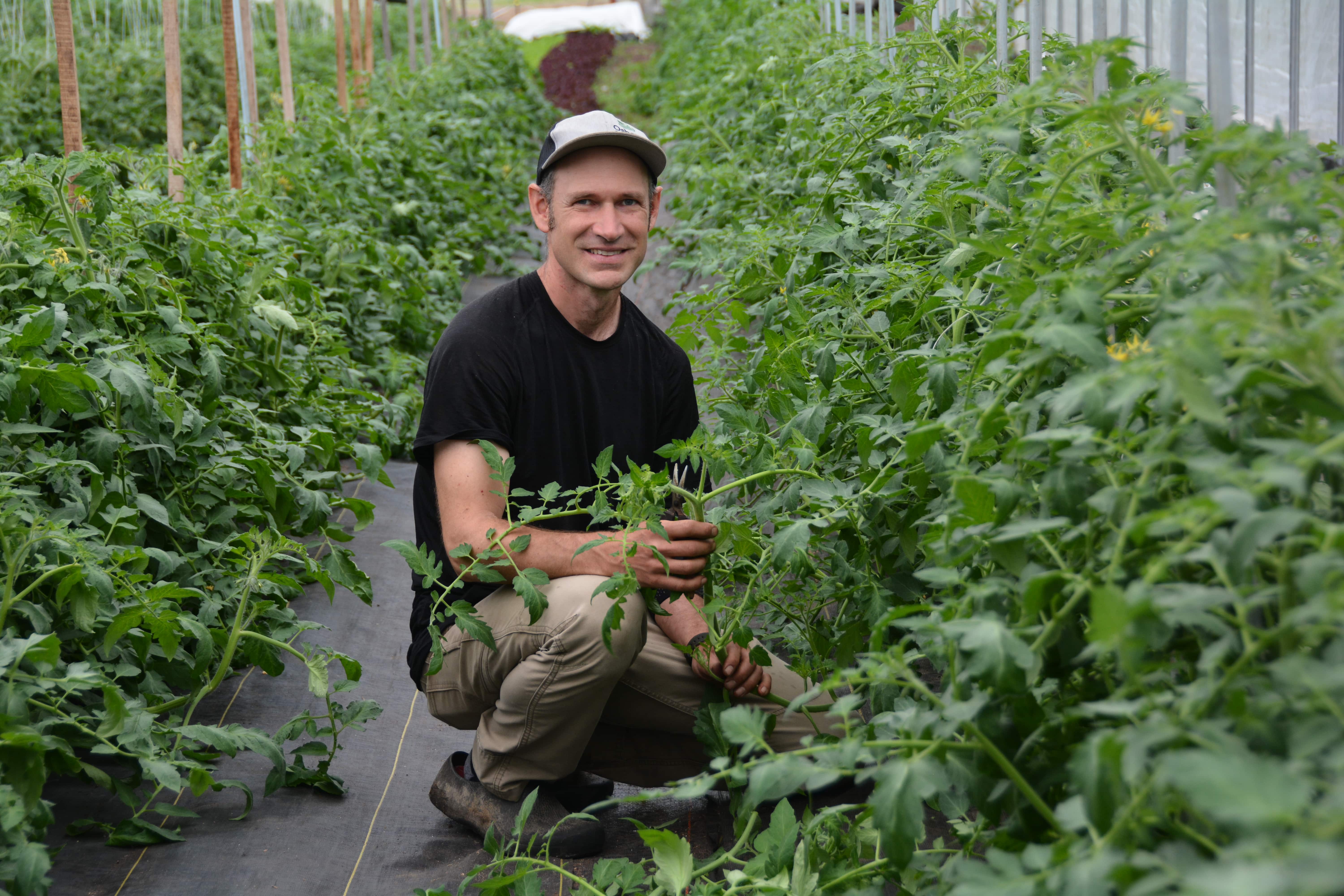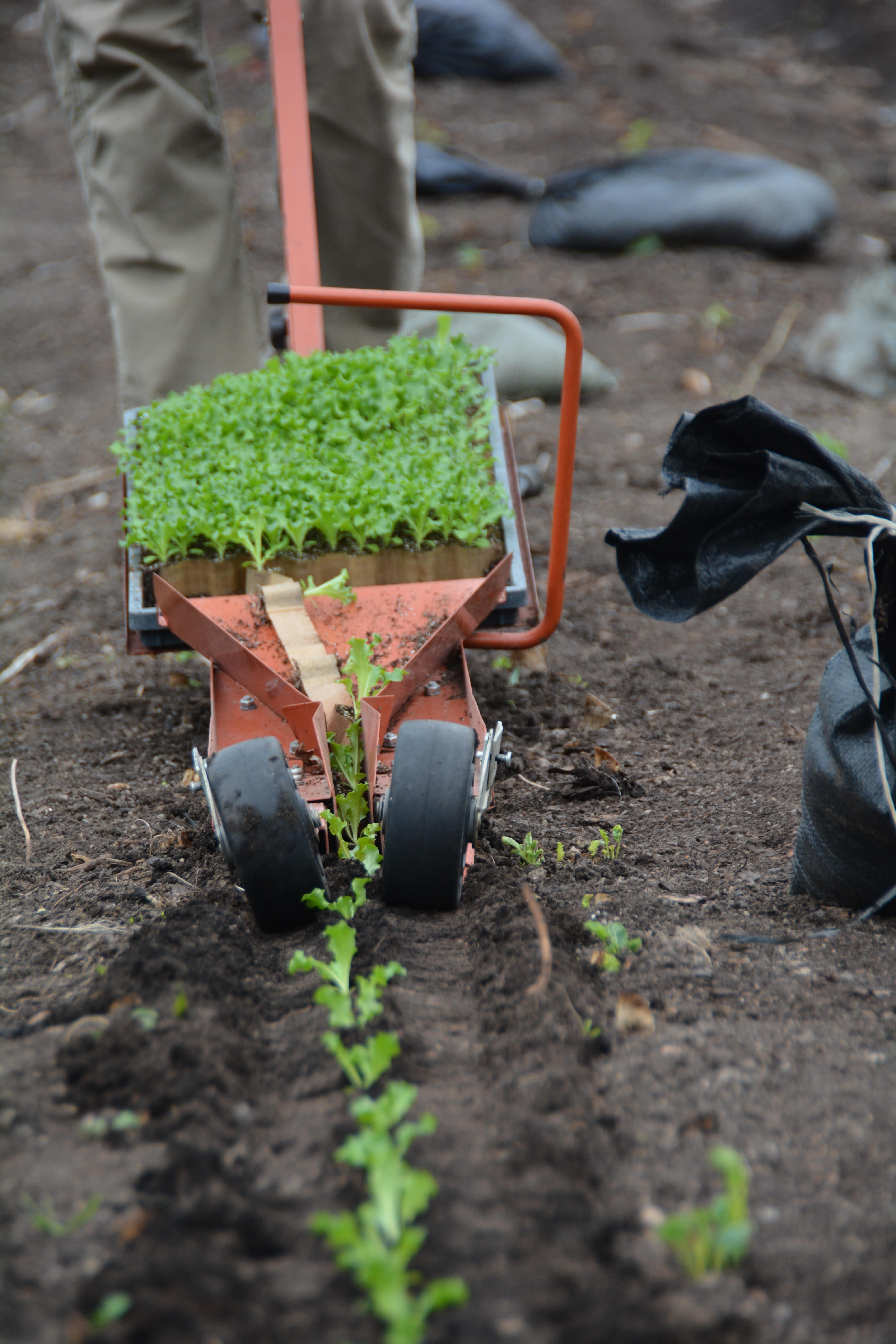Stay Informed
Specialty crop farm does more with less
For many farmers, expansion is the key to staying profitable. Clay Bottom Farm in Goshen, Indiana, tries to be different.
“I grew up on a corn and soybean farm, and the idea was, you get bigger every year,” said Ben Hartman, who with his wife Rachel Hershberger owns and operates Clay Bottom Farm, which produces greens, herbs, heirloom tomatoes and other specialty crops. “You purchase or rent more land, more grain bins, bigger tractors, and if you’re not on that expansion track, then it will be tough to stay in business.”

When Hartman and Hershberger started growing specialty crops 15 years ago, they also relied on expansion.
“We were building one greenhouse every season and expanding as fast as we could, but we were wearing ourselves out,” Hartman said.
Then one day, straight-line winds picked up one of their greenhouses and blew it on top of the barn.
“We realized that happened because we were too busy, we were doing it too quickly, and it was under-engineered. That was a turning point for us,” Hartman said.
The model they adopted is what Hartman calls the “lean farm” model. It’s based on the lean production system he first heard about from a customer who uses this system in his Nappanee trailer factory.
“We were a little skeptical at first – how would a factory system work on a farm? – but we were at a turning point for our business.”
Instead of doing more with more, Hartman and Hershberger concentrate on doing more with less: less waste, fewer tools, less fuel, less labor – and far less land.

“Almost every year since then, we’ve actually shrunk the size of our production area. We went from 5 acres to just half an acre of very intensive production,” Hartman said.
“Every year that we’ve gotten ‘smaller,’ we’ve actually increased our productivity. We have a higher margin now than we’ve ever had,” he explained.
Hartman said he’s convinced this model will work for other people trying to get into farming. He’s so convinced of this that he’s written two books on the subject: The Lean Farm and The Lean Farm Guide to Growing Vegetables. He also hosts and participates in workshops and online courses.
“Farming is not a career that’s necessarily easy to step into, for a lot of reasons. But with the small-scale lean model we have, we have so many advantages, and one of them is low capital initial investment. You can get started at a fraction of the cost compared to starting out in commodity crops or other large-scale farming models,” Hartman said.
Located in a neighborhood in northwestern Goshen, Clay Bottom Farm qualifies as an urban farm, and it also qualifies as a provider of local food – extremely local food.
“Ninety percent of our food ends up within a mile and a half of our farm,” Hartman said. “We’re hyper-local in terms of where our food goes.”
Hartman and Hershberger sell greens and herbs year-round to six Goshen restaurants, to Goshen’s Maple City Market and at the Goshen Farmers Market.
During the regular growing season, they also provide heirloom and heritage tomatoes, cucumbers, zucchini, potatoes, onions, kale and other fresh produce to the restaurants and markets as well as to individual local families through their CSA (community-supported agriculture) program.
“It takes a village to raise kids and it takes a village to make a farm like this work,” he said. “We’re relying on local folks – friends, family, our neighborhood and the broader community – to purchase our food. We’re very fortunate to live in a community that actively supports local agriculture. It’s a significant reason why we’ve been able to stay at it for 15 years.”




